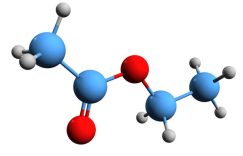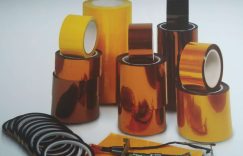Can Polyimide Be Ignited?

Polyimide is a high-performance plastic known for its exceptional resistance to heat, chemicals, and radiation. It is widely used in various applications, including flexible printed circuit boards, aerospace components, and insulation materials. One common question about polyimide is whether it can be ignited and, if so, under what conditions.

Flammability of Polyimide

Polyimide is generally considered to be a flame-retardant material. It has a high ignition temperature, typically above 450°C (842°F), and it does not readily support combustion. However, under certain conditions, polyimide can indeed be ignited and sustain a flame.
Factors Affecting Ignition
The ignition of polyimide depends on several factors, including:
-
Oxygen Concentration: Polyimide requires oxygen to burn. In an oxygen-rich environment, such as normal air, polyimide is more likely to ignite and sustain a flame. In an oxygen-depleted environment, such as a vacuum or an inert gas atmosphere, polyimide is less likely to ignite.
-
Temperature: The ignition temperature of polyimide is typically above 450°C (842°F). However, certain factors, such as the presence of a flame or a heat source, can reduce the ignition temperature.
-
Additives and Coatings: Some polyimide formulations may contain additives or coatings that can affect their flammability. For example, certain additives can act as flame retardants, reducing the susceptibility of polyimide to ignition.
-
Form and Geometry: The form and geometry of polyimide can also influence its flammability. For instance, thin polyimide films are more susceptible to ignition than thicker sheets or rods.
Applications and Precautions
Despite its flammability under certain conditions, polyimide is widely used in various applications due to its high-performance properties. However, it is essential to take appropriate precautions to minimize the risk of ignition. These precautions may include:
-
Proper Storage and Handling: Store polyimide materials in a cool, dry place away from potential sources of ignition, such as open flames or heat sources.
-
Use of Flame Retardants: Consider using polyimide formulations that incorporate flame-retardant additives when fire resistance is a critical requirement.
-
Safe Handling During Processing: Follow recommended safety guidelines when processing polyimide materials, such as using proper ventilation and wearing appropriate protective gear.
-
Fire Suppression Systems: Incorporate fire suppression systems or sprinklers in areas where polyimide materials are used or stored.
By understanding the factors that affect the ignition of polyimide and implementing appropriate precautions, it is possible to minimize the risk of fire and ensure the safe use of polyimide materials in various applications.



